Exponential - this mode will saturate the colors based on their brightness. This can be useful to prevent burn-outs in very bright areas (for example around light sources etc). This mode will not clip bright colors, but will instead saturate them.
HSV exponential - this mode is very similar to the Exponential mode, but it will preserve the color hue and saturation, instead of washing out the color towards white.
Intensity exponential - this mode is similar to the Exponential one, but it will preserve the ratio of the RGB color components and will only affect the intensity of the colors.
Gamma correction - this mode applies a gamma curve to the colors. In this case, the Dark multiplier is a general multiplier for the colors before they are gamma-corrected. The Bright multiplier is the inverse of the gamma value (f.e. for gamma 2.2, the Bright multiplier must be 0.4545).
Intensity gamma - this mode applies a gamma curve to the intensity of the colors, instead of each channel (r/g/b) independently.
Reinhard - this mode is a blend between exponential-style color mapping and linear mapping. If the Burn value is 1.0, the result is linear color mapping and if the Burn value is 0.0, the result is exponential-style mapping.
Dark multiplier - this is the multiplier for dark colors.
Bright multiplier - this is the multiplier for bright colors.
Sub-pixel mapping - this option controls whether color mapping will be applied to the final image pixels, or to the individual sub-pixel samples. In older versions of V-Ray, this option was always assumed to be on, however its default value is now off as this produces more correct renderings, especially if you use the universal settings approach.
Clamp output - if this is on, colors will be clamped after color mapping. In some situations, this may be undesirable (for example, if you wish to antialias hdr parts of the image, too) - in that case, turn clamping off.
Clamp level - this option specifies the level at which color components will be clamped if the Clamp output option is on.
Affect background - if this is off, color mapping will not affect colors belonging to the background.
Don't affect colors (adaptation only) - when this parameter is on, the color mapping will not be applied to the final image, however V-Ray will proceed with all its calculations as though color mapping is applied (e.g. the noise levels will be corrected accordingly). This can be useful, for example, if you know that you will apply some color correction to the image later on, but wish to keep the rendering itself in linear space for compositing purposes. Note that the Clamp output option will have an effect regardless of the value of the Don't affect colors option.
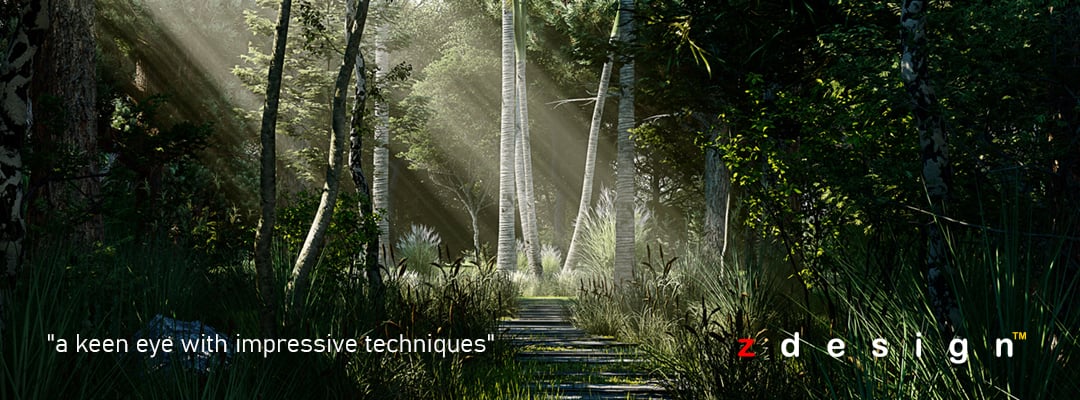

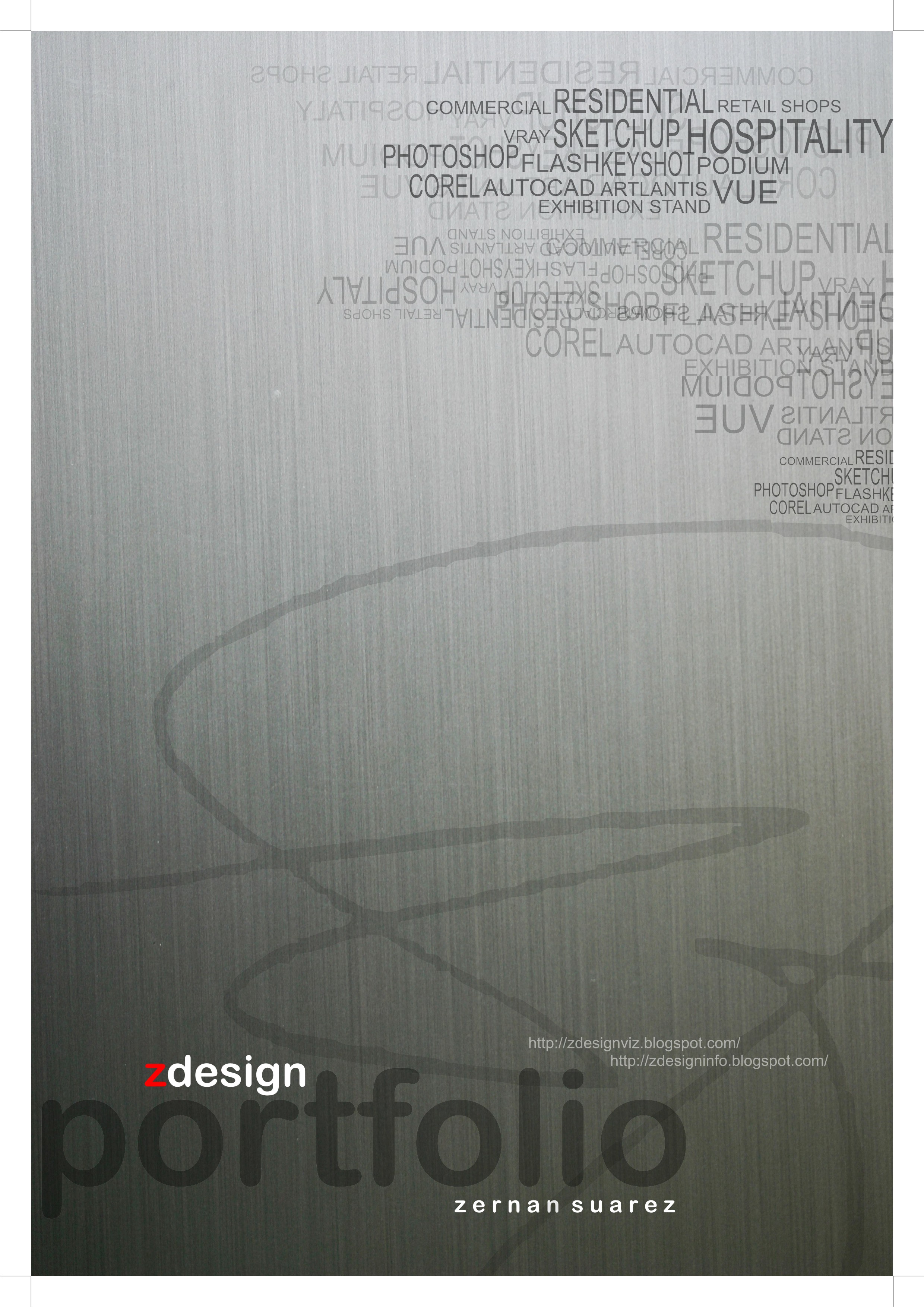
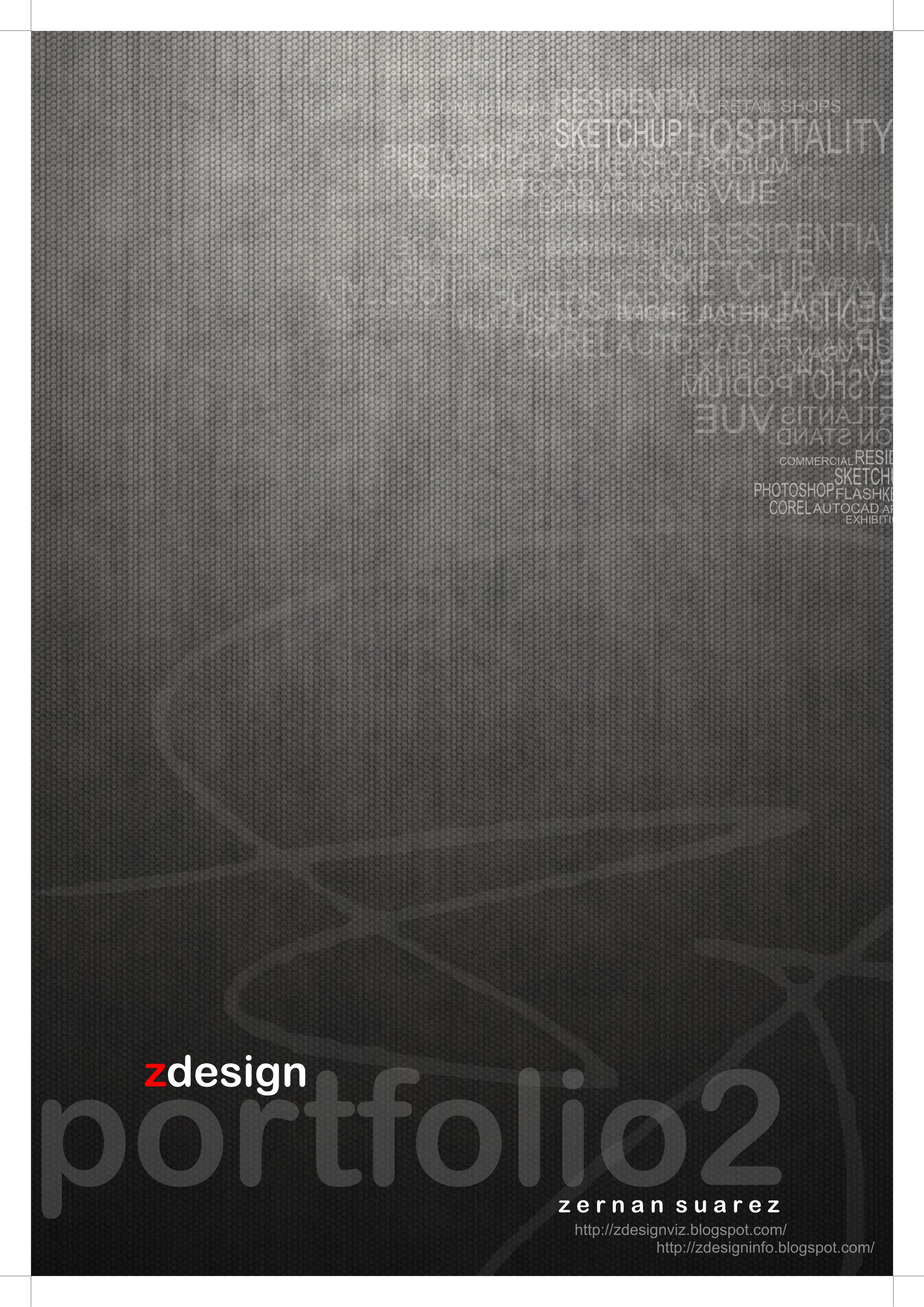
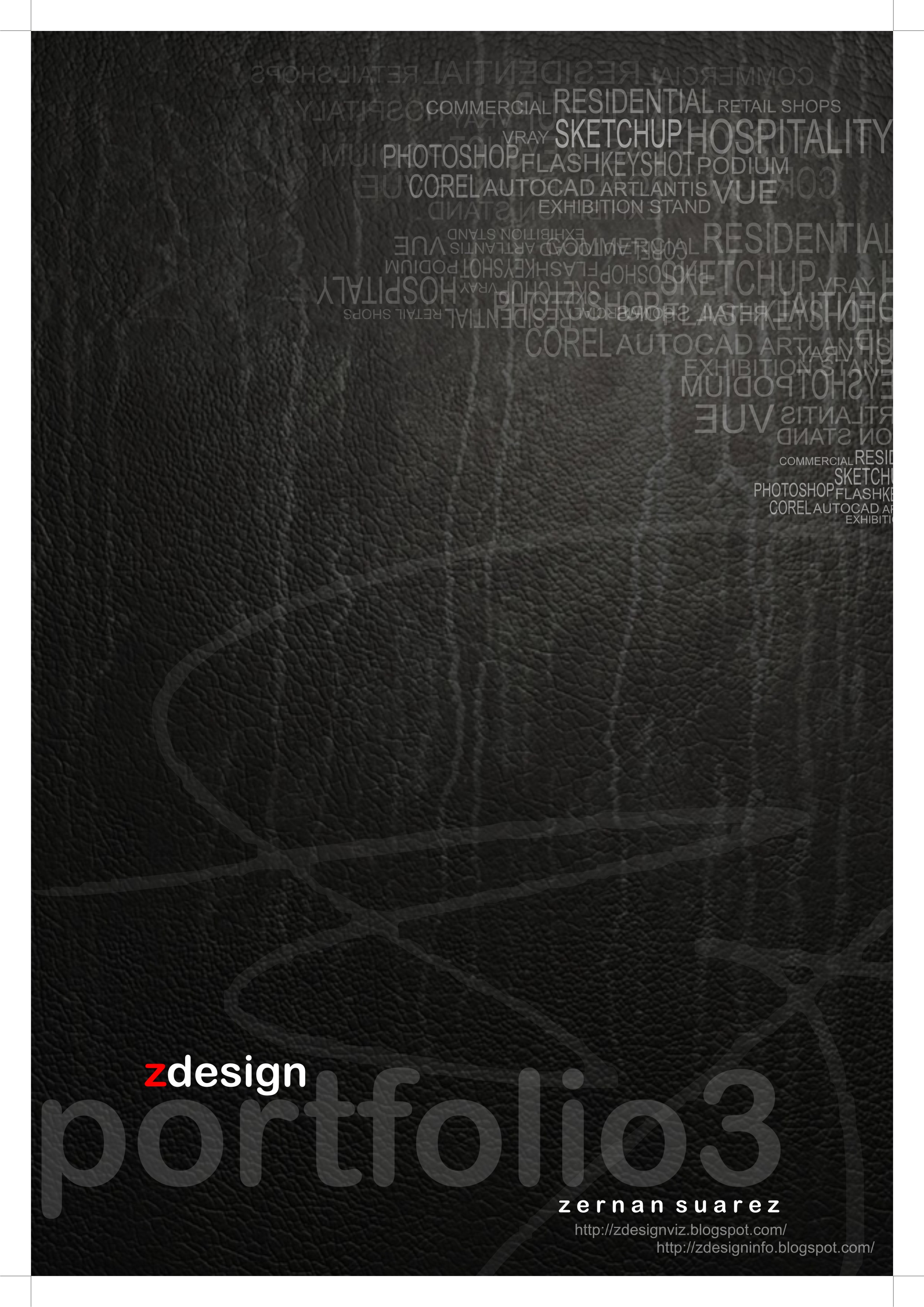


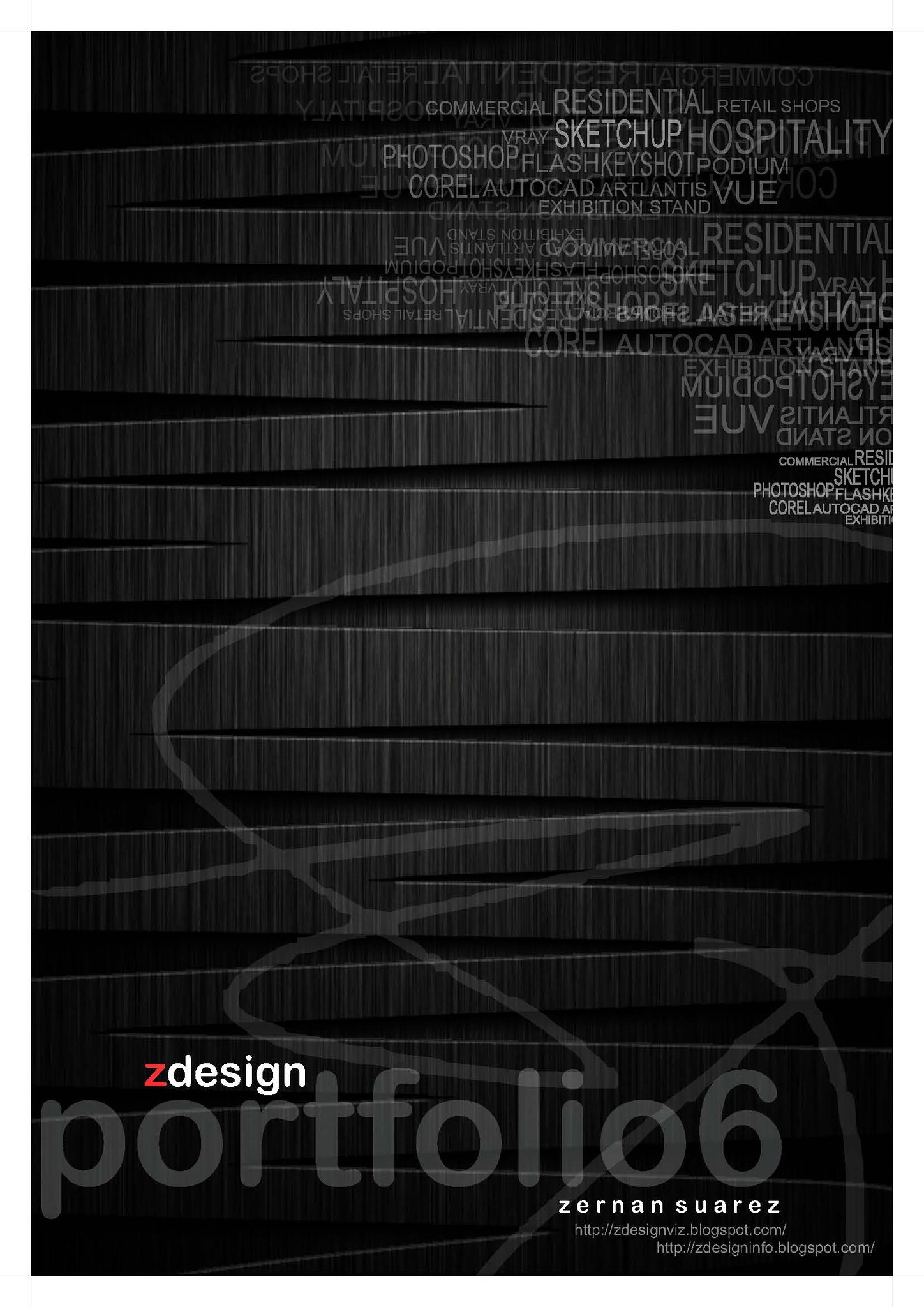
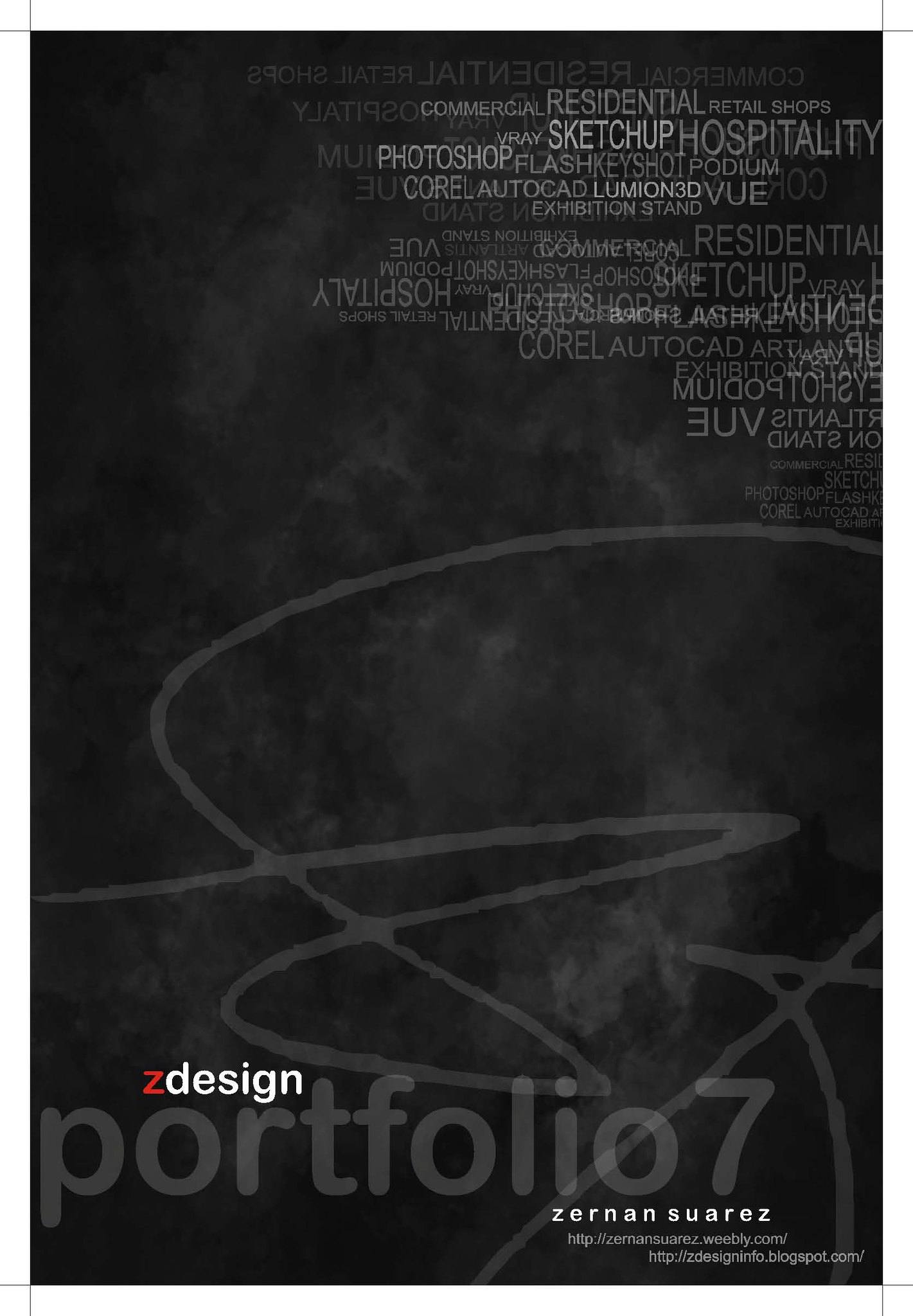
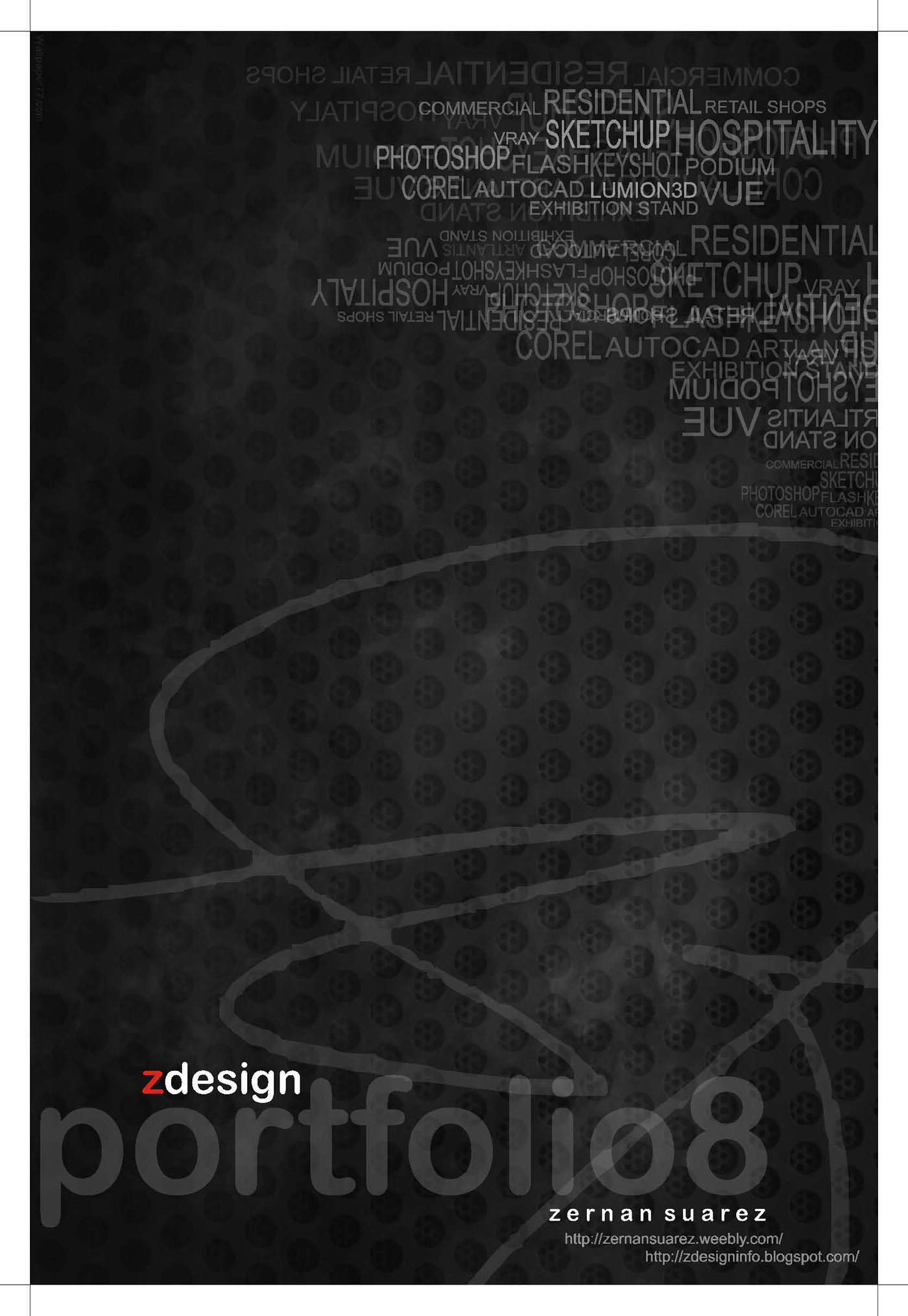
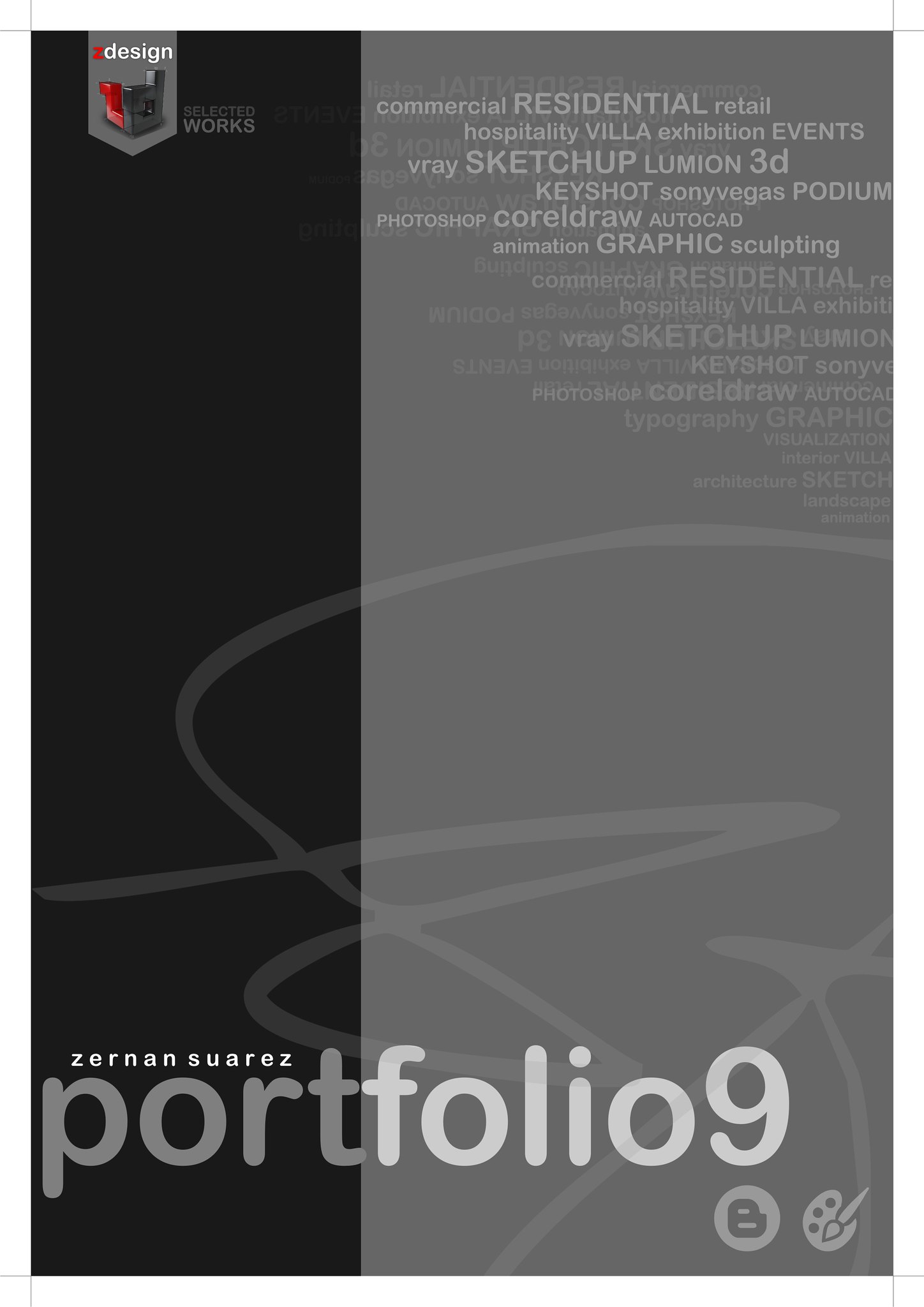
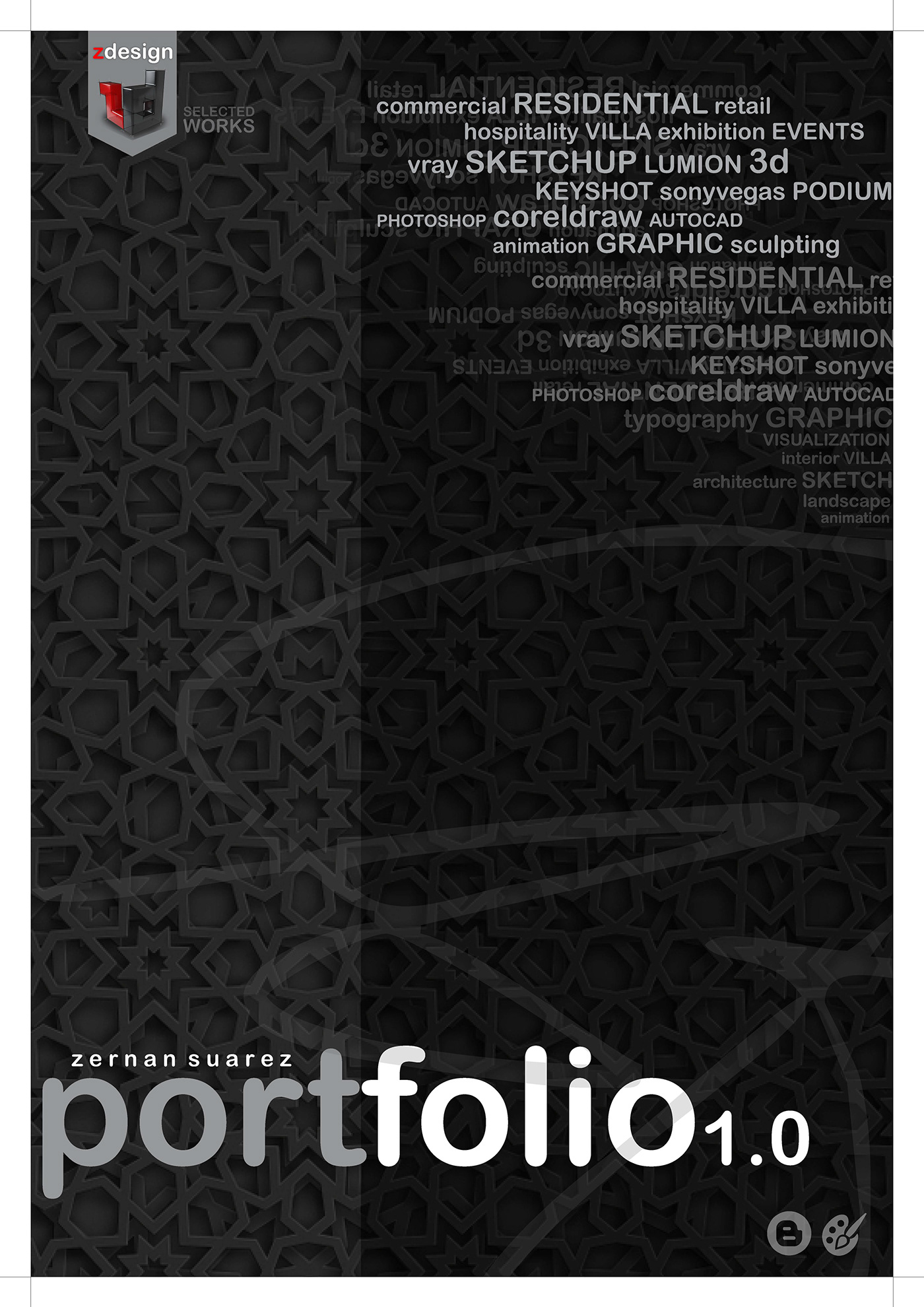
No comments:
Post a Comment